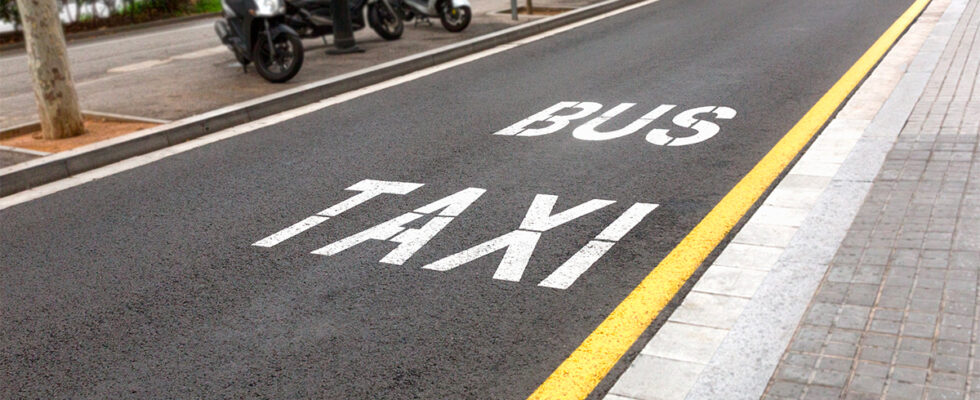To strengthen controls on lanes reserved for public transport or carpooling, the government is preparing to test solutions based on AI. These technologies are notably capable of counting the number of passengers on board a vehicle.

For several years now, we have seen reserved lanes flourish on French roads, particularly for public transport, taxis, carpooling and low-emission cars. At the time of writing, France has a total of 115 km of reserved lanes and this proportion is expected to increase in the coming months on certain particularly busy routes in view of the Olympic Games.
This will be particularly the case in Lyon, where 8 km of lanes reserved for VR2+ (vehicles which transport more than two people) must see the light of day on the A7 motorway. The city also plans to strengthen its control arsenal from January 2024 with thermal radars, capable of detect the number of people on board a vehicle traveling on these reserved lanes.
However, as reported by our colleagues from the site l’Informed, a law is currently being prepared to automate controls and facilitate the fines of motorists who use these reserved lanes completely illegally. A decree, signed by the Ministries of Public Transport, the Interior and Ecological Transition must be signed soon.
AI-boosted radars to monitor reserved lanes
“The test phase concerns around ten reserved lane projects of the carpooling and public transport type on structuring axes which wanted to be able to better control respect for the use of the lanes through the use of a road assistance system. ascertainment”, clarified the cabinet of the Ministry of Transport to our colleagues at BFM TV.
To strengthen the surveillance of reserved lanes, the government intends to rely on solutions based in particular on AI. The authorities will call on the services of several companies specializing in this area, such as Pryntec, Cyclope.ai and Fareco. As our colleagues from l’Informed recall, the latter stood out with its “Hovy” technology, a system mixing thermal sensors, silhouette detection and artificial intelligence to count passengers in a vehicle moving at high speed.
Also read: Automatic speed cameras – artificial intelligence soon to the rescue to avoid mistakes
The text provides for safeguards to avoid abuses
According to the office of Clément Beaune (editor’s note: the Minister of Transport), the electronic reports will however be validated by humans. According to the first elements set out in the decree, the use of these surveillance technologies will be regulated. First of all, the captured photos must blur the faces of the passengers (except that of the driver). Then, in order to ensure a possible infraction, the information obtained by the photo (location, date, lane, number of occupants, car model and license plate) will be cross-checked with other databases. official as the registration document file or Crit’Air certificates.
If the vehicle is in order, images will be deleted immediately. Otherwise, they will be saved for the duration of the criminal proceedings (for a maximum period of three years). The police will be able to consult this information.
Source: l’Informed
